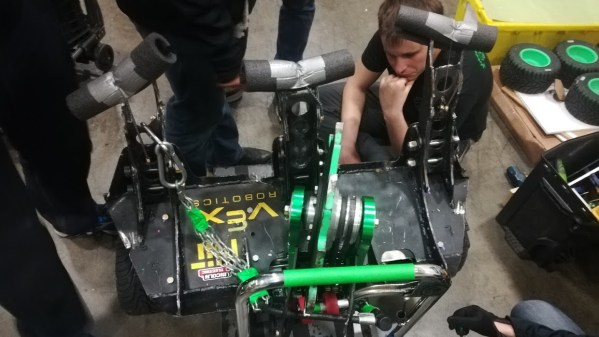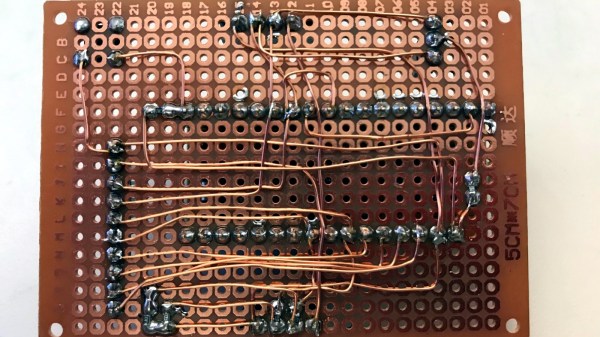For the past few years now we’ve covered a long-running battle between American farmers and the manufacturers of their farm machinery, over their right to repair, with particular focus on the agricultural giant John Deere. The manufacturer of the familiar green and yellow machinery that lies in the heart and soul of American farming has attracted criticism for using restrictive DRM and closed-source embedded software to lock down the repair of its products into the hands of its dealer network.
This has been a hot-button issue in our community as it has with the farmers for years, but it’s failed to receive much traction in the wider world. It’s very encouraging then to see some mainstream coverage from Bloomberg Businessweek on the subject, in which they follow the latest in the saga of the Nebraska farmers’ quest for a right to repair bill. Particularly handy for readers wishing to digest it while doing something else, they’ve also recorded it as an easy-to-listen podcast.
We last visited the Nebraska farmers a couple of years ago when they were working towards the bill reaching their legislature. The Bloomberg piece brings the saga up to date, with the Nebraska Farm Bureau failing to advance it, and the consequent anger from the farmers themselves. It’s interesting in its laying bare the arguments of the manufacturer, also for its looking at the hidden aspect of the value of the data collected by these connected machines.
It’s likely that the wider hardware hacker community and the farming community have different outlooks on many fronts, but in our shared readiness to dive in and fix things and now in our concern over right to repair we have a common purpose. Watching these stories at a distance, from the agricultural heartland of the European country where this is being written, it’s striking how much the farmers featured are the quintessential salt-of-the-earth Americans representing what much of America still likes to believe that it is at heart. If a company such as John Deere has lost those guys, something really must have gone wrong in the world of green and yellow machinery.
Header image: Nheyob / CC BY-SA 4.0
















